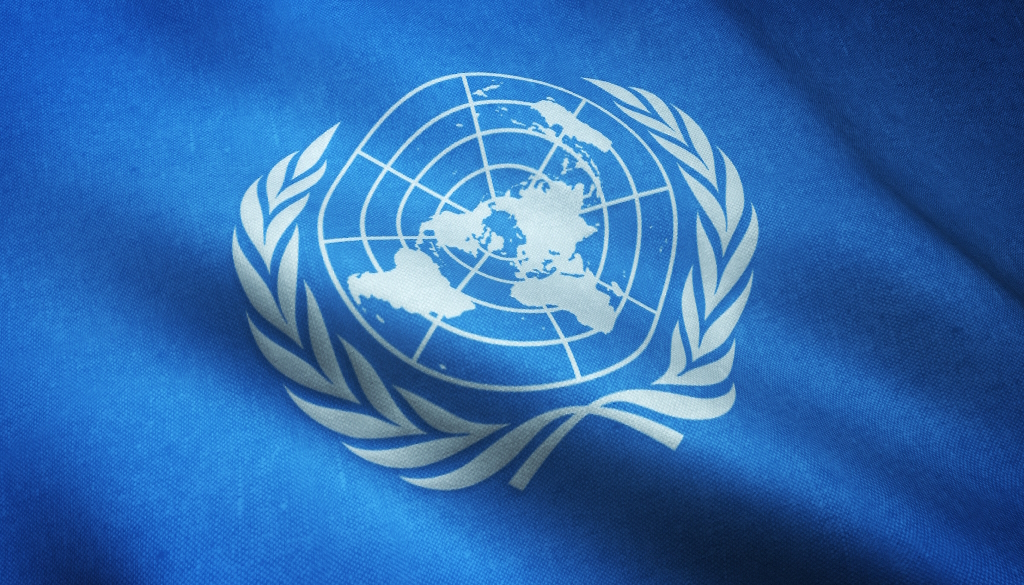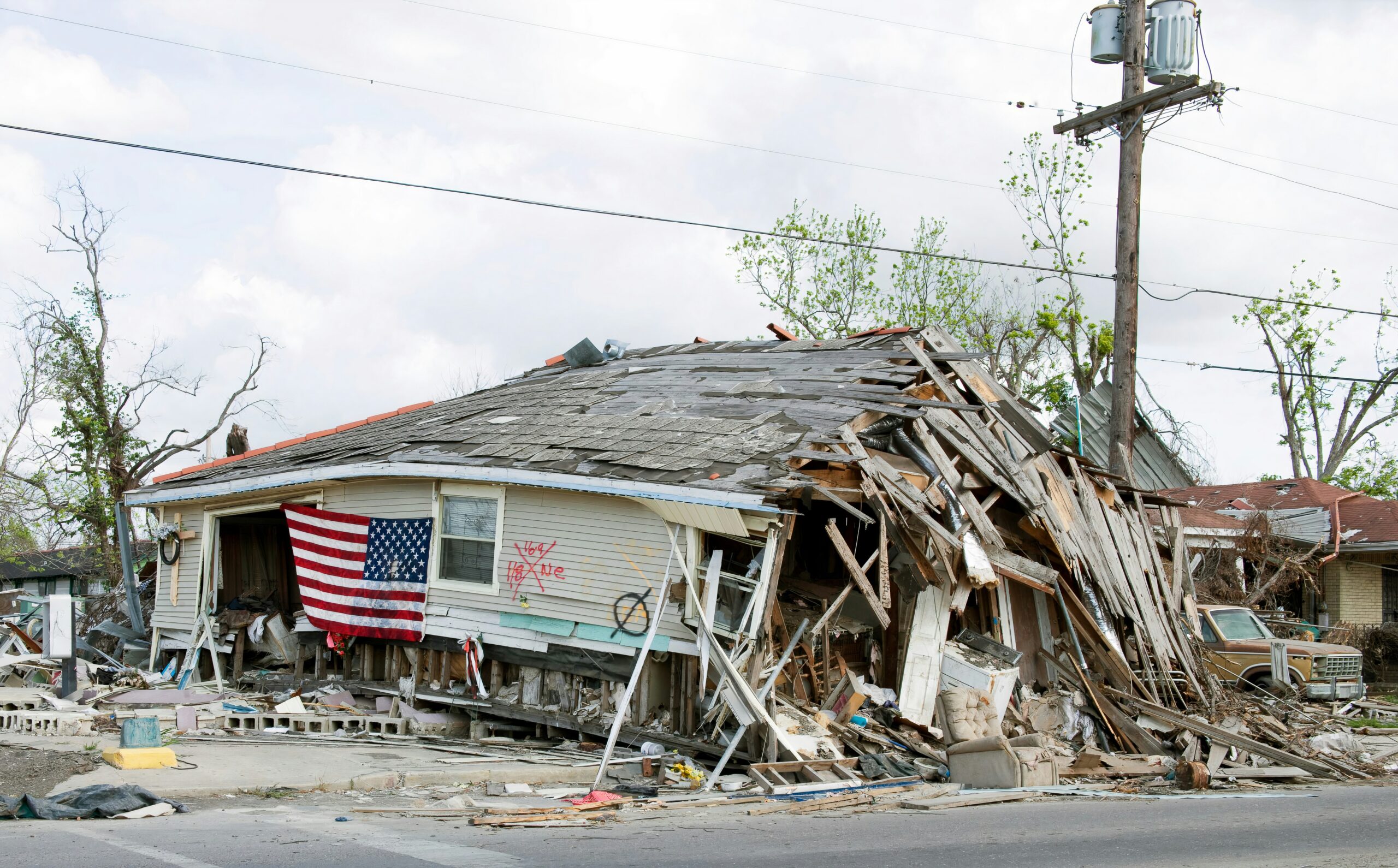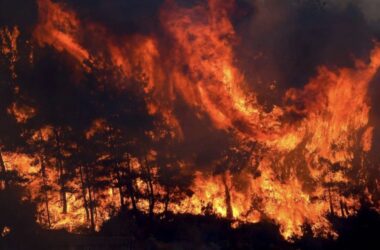(SDGTALKING) – The US National Oceanic and Atmospheric Administration (NOAA) has warned that the 2025 Atlantic hurricane season could be more intense than ever before. Between June and November, 13 to 19 named tropical storms are expected. Of these, 6 to 10 could develop into hurricanes, and 3 to 5 could become major hurricanes (Category 3 or higher).
NOAA experts say that above-average sea surface temperatures in the Atlantic and the absence of El Niño conditions are creating favorable conditions for hurricanes. While the agency forecasts fewer hurricanes than last year, it emphasizes that the predictions are above the long-term average.
Climate Change Impact
According to experts, global warming is not increasing the number of storms but their intensity. Warmer oceans cause hurricanes to reach land with stronger winds and heavier rainfall. This significantly increases the risk of coastal flooding and flash floods.
Technological Advances in Hurricane Forecasting
NOAA has announced significant progress in early warning systems since Hurricane Katrina in 2005. National Weather Service Director Ken stated that, as of 2020, five-day forecasts are now as reliable as three-day forecasts, making evacuation plans more effective. Thanks to the “Hurricane Forecast Improvement Project” implemented between 2007 and 2020, hurricane tracking and intensity forecasts improved by 40 to 45 percent, resulting in savings of $60 billion.
Trump Administration Cuts Cause Concern
However, experts warn that recent staff losses at NOAA could jeopardize this progress. Budget cuts implemented during President Donald Trump’s second term led to the layoff of hundreds of employees at the agency.
American scientists have noted a decline in basic atmospheric observations such as weather balloon launches, critical positions remaining unfilled, and many offices struggling to maintain 24/7 operational capacity. It was particularly noted that three senior-level positions in hurricane-prone areas like Houston have been vacant for an extended period.
“Less Data, Worse Forecasts”
Houston-based meteorologist Matt Lanza expressed his concerns, saying, “The mechanisms that drive hurricanes occur thousands of meters above the ground. If sufficient data cannot be collected at these levels, forecasts can deviate significantly.”
Dr. Daniel Swain, a climate scientist at the University of California, noted that the cuts at NOAA could negatively impact not only the U.S. but also global weather forecasts: “We need information from around the world about the state of the atmosphere. A decline in the U.S.’s data capacity could affect the rest of the world.”
NOAA Assures: ‘Our Commitment to Protecting the Public Remains Strong’
Laura Grimm, NOAA’s interim administrator, stated that the agency has the best scientists and is committed to protecting the public. However, experts say that staff shortages and technical infrastructure weaknesses could increase risks during the upcoming hurricane season.
A Challenging Season Ahead
According to NOAA’s latest forecasts, more than 14 tropical storms are expected in the Atlantic this year, with at least three of them potentially developing into major hurricanes. Favorable sea conditions combined with inadequate infrastructure could leave coastal areas under serious threat. Experts agree that early precautions must be taken and data collection systems strengthened.



 UN
UN 


